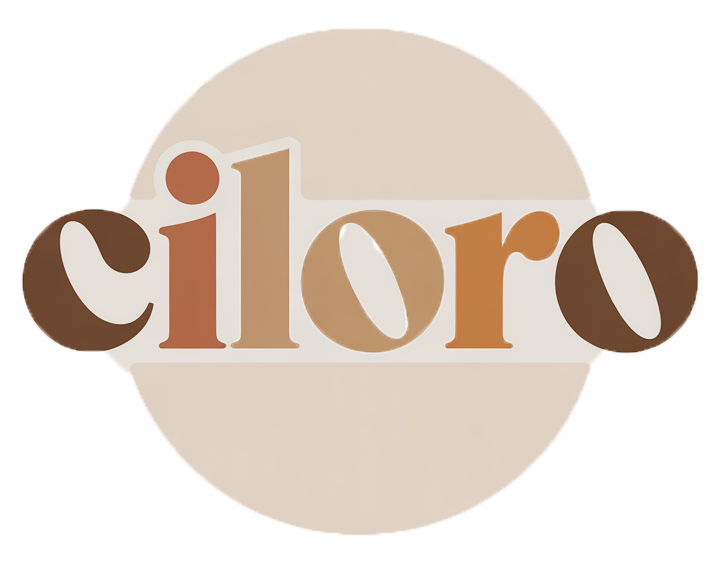Create Stunning Wall Art to Transform Your Home Decor
Wall art is a vital component of home decor, serving not just as decoration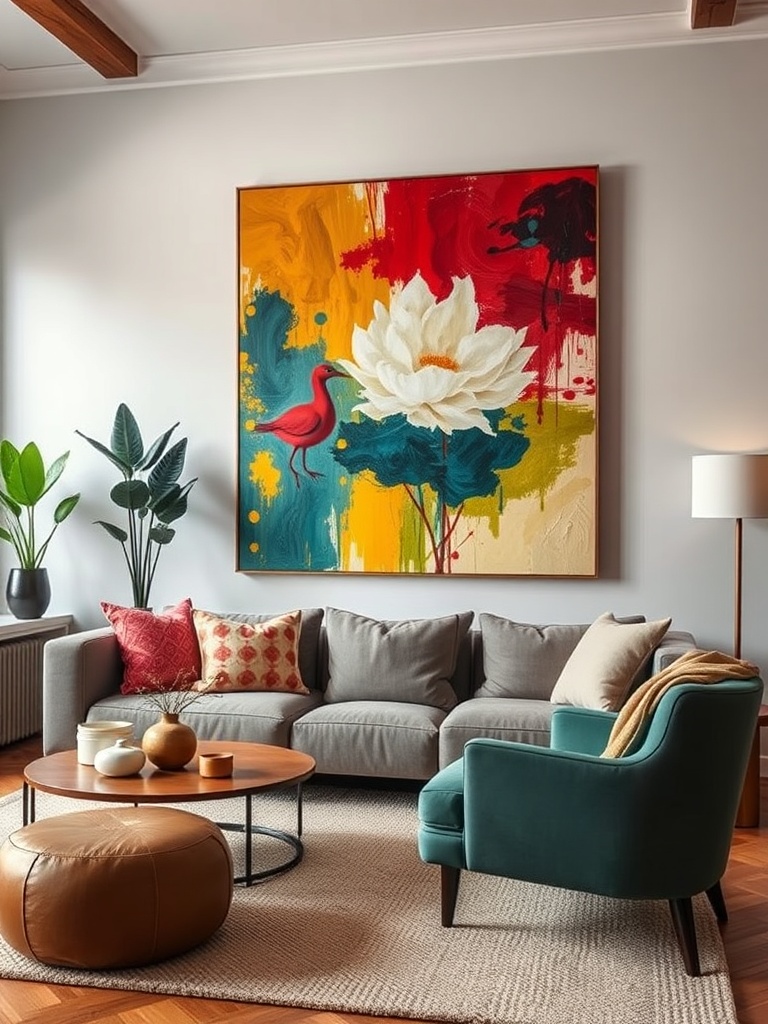
but as a means to express personality and enhance the ambiance of a space. Whether it is a bold painting or a delicate photograph, wall art has the power to transform any room, creating a focal point that draws the eye and evokes emotion. This article aims to guide readers through the process of creating stunning wall art that reflects their unique style and enhances their living spaces.
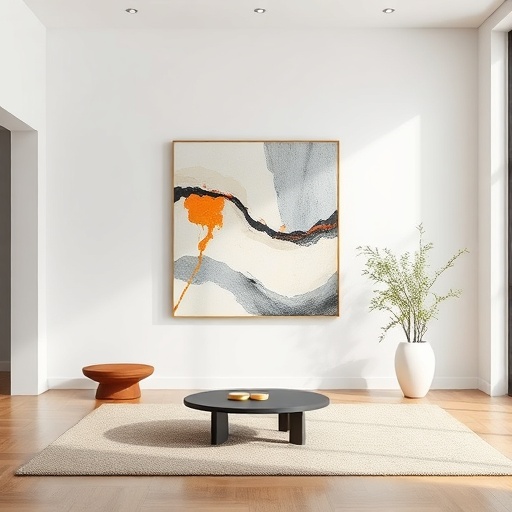
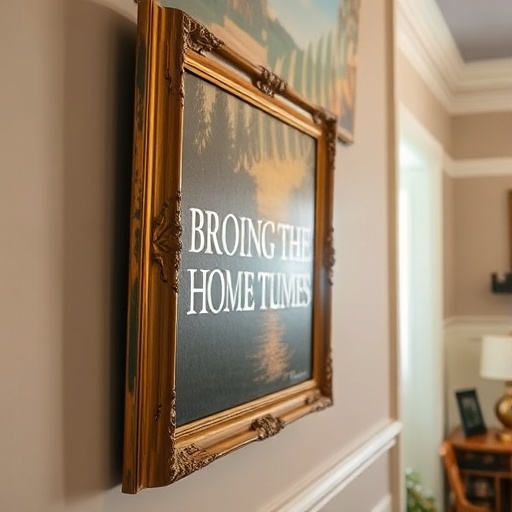
Understanding Wall Art
What is Wall Art?
Wall art encompasses a variety of forms including paintings, prints, photography, and more. It is an essential element of interior design that can establish a theme or mood in a room. From classic masterpieces to contemporary digital prints, the choice of wall art can significantly influence the overall aesthetic of your home.
The Impact of Wall Art on Space
The emotional and psychological effects of art in living spaces are profound. Wall art can alter the perception of space, making it feel larger or cozier, brighter or more subdued. A well-placed piece can inspire creativity, promote relaxation, or even energize a room.
Types of Wall Art
Traditional Wall Art
Traditional wall art includes mediums such as paintings, drawings, and tapestries. When selecting traditional art, consider the style of your home and choose pieces that resonate with your personal taste. Here are some key points:
- Choose colors that complement your existing decor.
- Consider the size of the artwork in relation to the wall space.
- Think about the mood you want to create.
Modern Wall Art
Modern wall art is characterized by styles such as abstract and minimalism. Incorporating modern art into your decor can provide a fresh and contemporary feel. Here are some tips:
- Select pieces that contrast with traditional elements for a dynamic look.
- Use modern art to highlight specific areas in a room.
- Experiment with scale and proportion to find balance.
DIY Wall Art
Creating your own wall art can be a rewarding experience.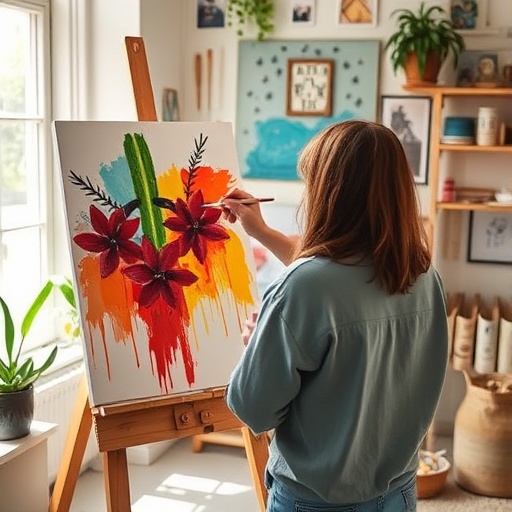
Not only does it allow for personal expression, but it can also be cost-effective. Popular DIY projects include:
- Canvas painting that reflects your style.
- Photo collages that tell a story.
Mixed Media and Textured Art
Mixed media art combines various materials, offering a unique visual experience.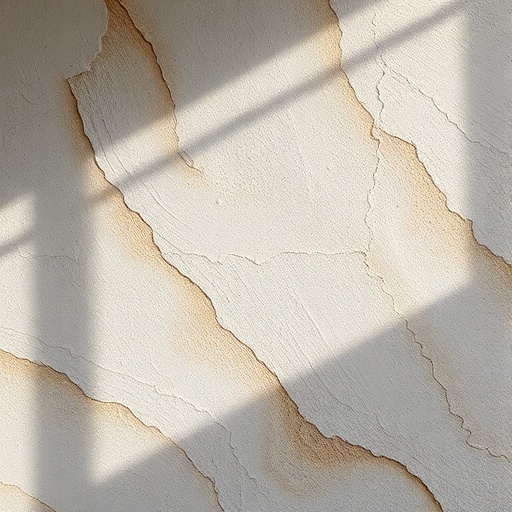
The appeal lies in its depth and texture. Consider creating textured wall art using materials such as:
- Fabric and textiles
- Wood and metal elements
- Found objects for a personal touch
Choosing the Right Space for Wall Art
Assessing Your Space
Before selecting wall art, it is crucial to evaluate the available wall space. Consider the function of the room and how furniture placement affects visibility. Use the following tips:
- Measure wall dimensions to find suitable art sizes.
- Consider lighting and how it impacts the art throughout the day.
Creating Focal Points
Wall art can serve as a visual focal point in a room. To achieve this, consider:
- Using large pieces to anchor a space.
- Grouping smaller artworks to create a cohesive look.
Balancing Art with Other Decor
It is essential to harmonize wall art with existing decor elements. Keep in mind the importance of scale and proportion in placements. Use these strategies:
- Choose frames that complement other decor.
- Maintain a consistent color palette throughout the room.
Selecting the Right Materials
Canvas vs. Paper
Choosing the right material for wall art is important. Each has its pros and cons:
| Material | Pros | Cons |
|---|---|---|
| Canvas | Durable, textured, vibrant colors | Can be more expensive |
| Paper | Affordable, easy to frame | Less durable, prone to fading |
Frame Selection
The right frame can enhance wall art significantly. Consider these tips:
- Choose a frame style that matches the art and decor.
- Consider color coordination with the room's palette.
Color and Texture Considerations
Color plays a critical role in setting the mood of a space. Selecting textures that complement your decor can add depth and interest. Remember:
- Warm colors can create a cozy atmosphere.
- Cool colors can promote calmness and serenity.
Techniques for Creating Wall Art
Painting Techniques
Different painting styles, such as acrylic, watercolor, and oil, have unique characteristics. For beginners, consider starting with:
- Acrylic for its versatility.
- Watercolor for its fluidity.
Photography as Wall Art
Photography can be a stunning form of wall art.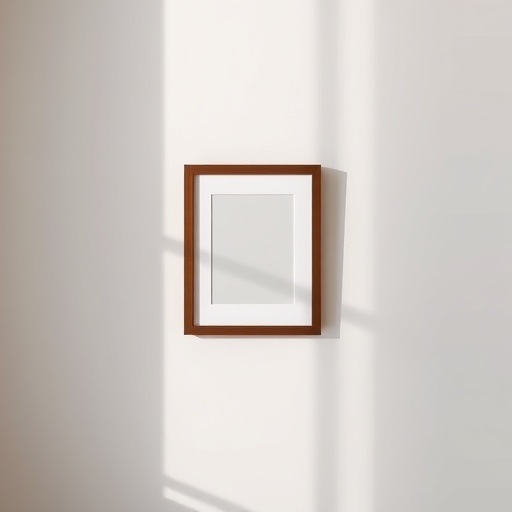
Consider these tips for selecting and displaying photographs:
- Choose high-resolution images for clarity.
- Experiment with creative framing to enhance visual appeal.
Collage and Mixed Media Techniques
Creating a collage can be a fun and creative process. Here’s a step-by-step guide:
- Gather materials such as photographs, paper, and embellishments.
- Arrange elements on a canvas or board before adhering.
- Secure items with glue or other adhesives.
Displaying Your Wall Art
Arrangement Styles
There are various popular arrangement styles for displaying wall art, including:
- Grid: A structured and uniform layout.
- Salon: A gallery-like arrangement with varied sizes.
- Asymmetrical: An informal, dynamic display.
Height and Positioning
Hanging art at the right height is crucial for enjoyment. Follow these guidelines:
- Position the center of the artwork at eye level.
- Consider sight lines and viewing angles when placing art.
Lighting Considerations
Proper lighting can enhance the beauty of wall art. Use these strategies:
- Natural light can bring out colors but may cause fading.
- Spotlights and track lighting can highlight specific pieces.
Personalizing Your Wall Art
Incorporating Personal Memories
Using personal photos and memorabilia can add a special touch to your wall art.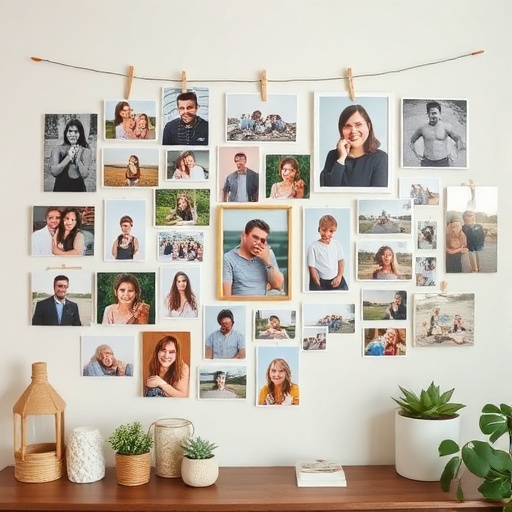
Consider creating a memory wall with:
- Photos from significant life events.
- Items that represent cherished memories.
Reflecting Your Personality and Style
Choosing art that reflects your personality is essential. Here are some tips:
- Consider what themes resonate with you.
- Think about the stories you want your art to tell.
Maintaining Your Wall Art
Care for Different Art Types
Proper care ensures the longevity of your wall art.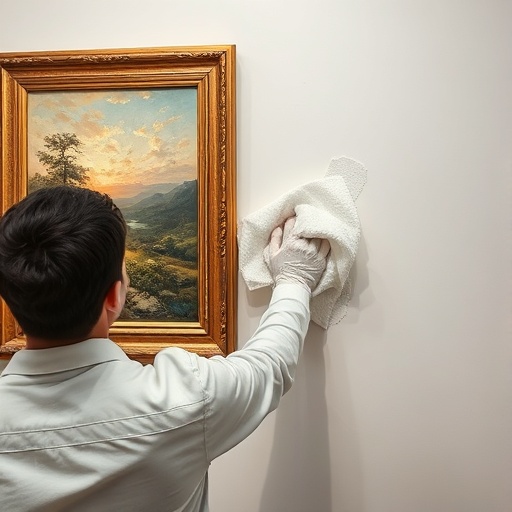
Here are specific care tips:
- For paintings, avoid direct sunlight to prevent fading.
- For prints, consider using UV-protective glass in frames.
Regular Updates and Refreshes
Rotating or updating wall art can keep your space feeling fresh. Here’s how:
- Change out pieces seasonally for a new look.
- Incorporate new items without major renovations.
Conclusion
Wall art has the transformative power to enhance your living space and reflect your personal style. By understanding the types of art available and how to effectively display them, you can create a home that is both beautiful and uniquely yours. Embrace your creativity and take the opportunity to personalize your space with stunning wall art that brings you joy.
Recap
In summary, the journey of creating wall art involves understanding its significance, choosing the right materials, and displaying it thoughtfully. Each piece of art can tell a story and bring a room to life.
Key Takeaways
- Wall art is essential for personal expression in home decor.
- Consider various types of wall art to find what resonates with you.
- Proper placement and lighting can enhance the impact of wall art.
- Regularly update your art to keep your space feeling fresh.
FAQ
What types of wall art are best for small spaces?
In small spaces, opt for smaller pieces or a gallery wall arrangement to create visual interest without overwhelming the area.
How can I create a cohesive look with different types of wall art?
Maintain a consistent color palette and frame style across different pieces to create unity in your display.
What is the best height to hang wall art?
The center of the artwork should be at eye level, typically around 57 to 60 inches from the floor.
How can I protect my wall art from fading?
To protect wall art from fading, avoid placing it in direct sunlight and consider using UV-protective glass in frames.
What DIY projects can I try for wall art?
You can create canvas paintings, photo collages, or even textured art using materials like fabric and paper.
